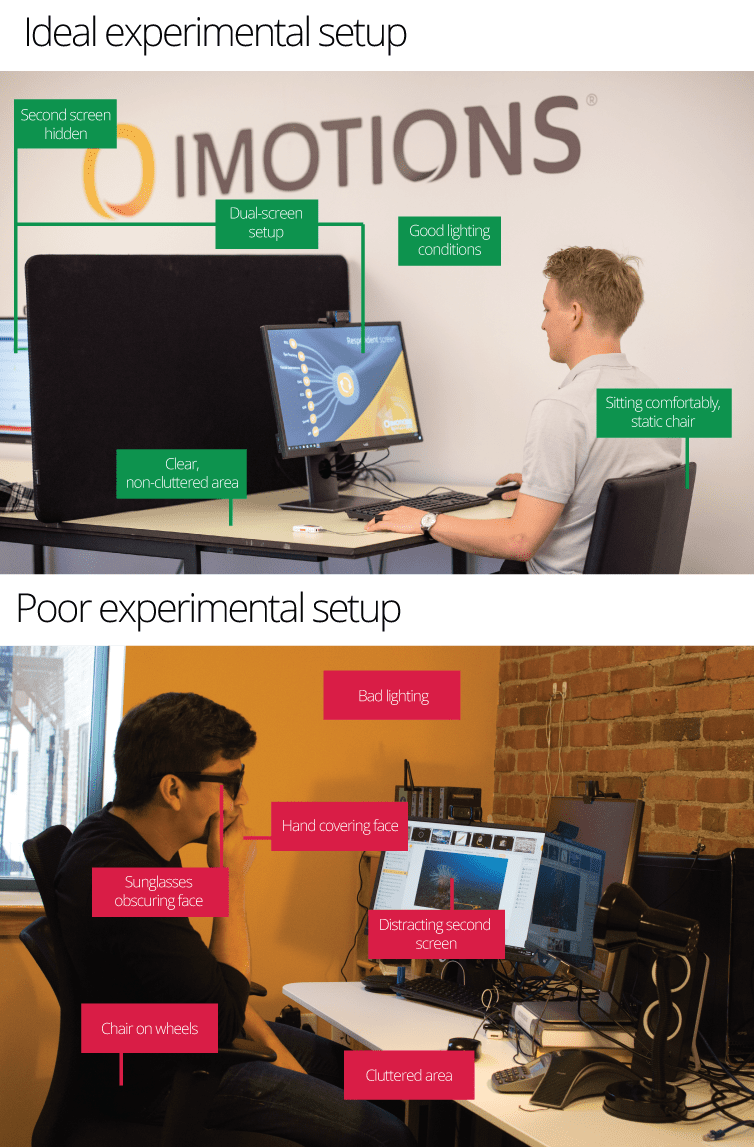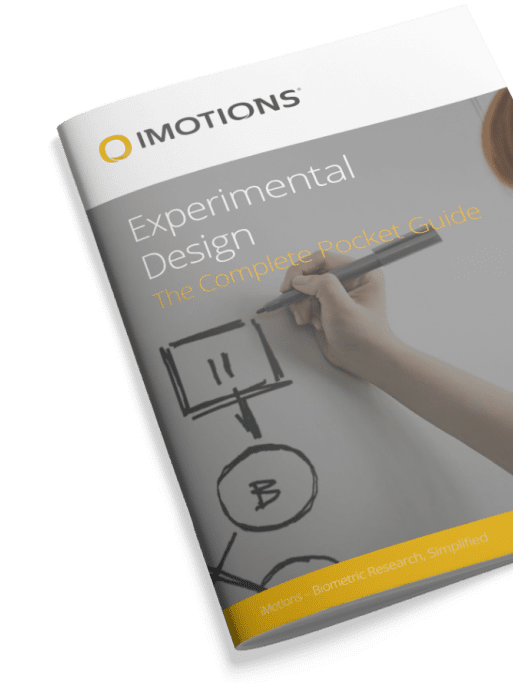Experiments are how we learn about the world. They allow us to understand not only how things differ, but why.
The definition of an experiment is “a scientific procedure undertaken to make a discovery, test a hypothesis, or demonstrate a known fact.”. It also requires a clear and clean signal, that points directly from the condition to the result.
Carrying out good research is therefore critically dependent on being able to discern the results of an experimental manipulation – a task that can all too easily be overlooked. If we want to make progress with research we need to be sharp with our methods, and carry out as perfect research as possible, every time.
With this in mind, we’ve put together a foolproof list of procedures that all research should follow. This should work as your checklist for guiding the best research practices and procedures.
Table of Contents
How to Carry Out Good Biometric Research
Carrying out good research is therefore critically dependent on being able to discern the results of an experimental manipulation – a task that can all too easily be overlooked. If we want to make progress with research we need to be sharp with our methods, and carry out as perfect research as possible, every time.
With this in mind, we’ve put together a foolproof list of procedures that all research should follow. This should work as your checklist for guiding the best research practices and procedures.
Steps Before the Experiment
- Plan and pilot the experiment. Make sure the participants have been sufficiently informed about the experiment (if you’re working at a university you made need to have the research approved by the ethics committee).
- Ensure that a dedicated room is available for data collection (if the experiment is to be carried out in a lab space).
- Make sure you have all the equipment and disposables that you might need.
- Have a dual-screen setup, where applicable. This reduces distraction, if the experiment can be orchestrated on a screen that the respondent can’t see.
- Plan and pilot the experiment. Make sure the participants have been sufficiently informed about the experiment (if you’re working at a university you made need to have the research approved by the ethics committee).
- Ensure that a dedicated room is available for data collection (if the experiment is to be carried out in a lab space).
- That the computer is free of any software that could potentially interfere with the experiment (for example, close down Skype so no calls to the computer can be made).
- Disable the screensaver.
- Ensure that the research is being carried out with enough time before and after to avoid any unwanted rush or stress. Carrying out a pilot study can help you determine how much time is needed.
- That the respondents can find the lab or experimental area easily, and that they have been sent sufficient contact details in case they are lost, or can’t attend.
- Make sure that the environment is clear of distractions from unwanted noise (e.g. make sure that there’s no construction work being carried out).
- The environment is suitably lit (e.g. ambient light at a normal brightness, no flickering lights, no sun in the respondent’s eyes).
- Test any equipment you plan on using prior to using it in the experiment.
Steps During the Experiment
- Brief the respondent on the research being carried out. Consent forms should be provided when appropriate.
- Make sure the respondent is seated comfortably (if the respondent will be seated during the experiment, of course). Avoid chairs with wheels to reduce respondent movement.
- Make sure to first calibrate any biometric sensors (eye tracking, EEG, etc).
- In the case of biometric facial expression analysis and eye tracking, make sure that the respondent isn’t wearing anything that could block the face or eyes (such as a hat or sunglasses).
- Make sure that the lighting levels are optimal and consistent throughout.
- Don’t interfere unnecessarily, or distract the respondent
- Ideally the experimenter will leave the respondent to complete the experiment alone, to avoid any potential distraction (this may require detailed instructions to be given through the monitor throughout the experiment – pilot this before carrying out research on a large group of people).
- Don’t change around the room in between respondents testing – this is best kept as consistent as possible.
- Check the data quality – it’s always good to ensure that the data you have is worth investigating further.
Check out the optimal research set up for your biometric + biosensor hardware:
Check out: How Facial Expressions Analysis can be done remotely
- 5 Essentials for an Optimal Eye Tracking Research Setup
- 5 Essentials for an Optimal Galvanic Skin Response Research Setup
- 5 Essentials for an Optimal EEG Research Setup
What Your Biometric Experiment Should Look Like
Below we have two images showing an ideal experimental setup, and a poor experimental setup. While it’s not possible to convey all of the steps above into a single image (a virus-free computer for example), the two examples clearly illustrate how to get it right, and how to get it wrong.

As you can see from this checklist, a large part of making the ideal experimental setup is dealt with before the respondent even gets through the door. Ensuring that everything is sorted beforehand gives you more agility to respond to any problems that can arise during the experiment.
Check out: The Study of Human Behavior: Measuring, analyzing and understanding [Cheat Sheets]
I hope you’ve enjoyed reading about the ways in which to ensure you have an ideal experimental setup. To learn more about how, and more detailed reasons behind these points, then have a look through our free experimental guide which you can download below.
Free 44-page Experimental Design Guide
For Beginners and Intermediates
- Introduction to experimental methods
- Respondent management with groups and populations
- How to set up stimulus selection and arrangement

Psychology Research with iMotions
The world’s leading human behavior software












